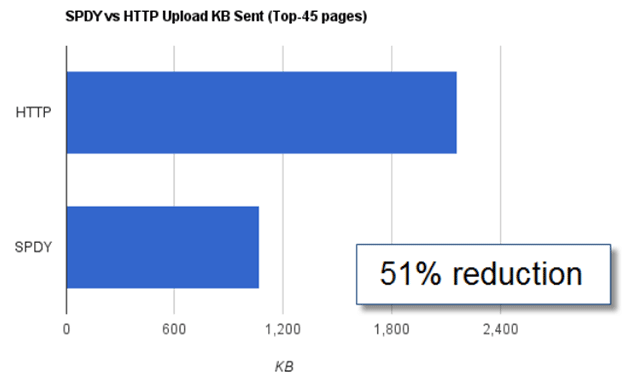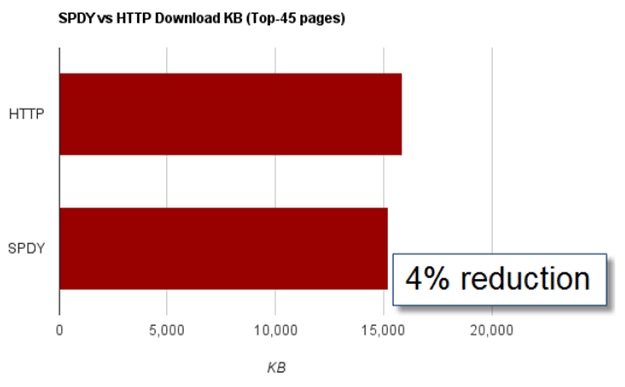SPDY vs. HTTP Benchmarks
 Is it really that much better?
Is it really that much better?
As more and more web browsers support SPDY, the experimental network protocol, which was developed by Google, we have decided to find out, how much better is it when compared to the good old HTTP.
Thankfully, we have found a neat presentation made by Will Chan and Roberto Peon and to be fair, results surprised us, in a good way, of course.
SPDY vs. HTTP





Neat? We think so.
If you have a sudden urge to learn more about the SPDY, head over to docs.google.com and download the presentation.
About (Author Profile)
Vygantas is a former web designer whose projects are used by companies such as AMD, NVIDIA and departed Westood Studios. Being passionate about software, Vygantas began his journalism career back in 2007 when he founded FavBrowser.com. Having said that, he is also an adrenaline junkie who enjoys good books, fitness activities and Forex trading.




So what browsers use SPDY or HTTP right now? Idk nothing about this stuff
Everything uses HTTP. SPDY is being developed by Google, so I Imagine Chrome will be the first browser to implement it.
Stable: Google Chrome, Firefox, Amazon’s Silk browser
Experimental: Opera
Sites that utilize SPDY: Twitter, Google
Not the same results from here : http://www.guypo.com/technical/not-as-spdy-as-you-thought/
Just came to link this, but you were faster.
That one isn’t really good, quoting a line from that article-
“I tested the top 500 websites in the US (per Alexa)”
Out of those 500, you could have maybe 50 websites (and that’s when you count subdomains separately) which are being served by SPDY-enabled servers.
That means while those 50 websites might have 50% performance improvements each, when you merge with the score of the other 450 non-SPDY enabled server websites to find an average, the improvements become almost insignificant.
From the article :
“For a proxy, I used the Cotendo CDN (recently acquired by Akamai). Cotendo was one of the early adopters of SPDY, has production-grade SPDY support and high performance servers. Cotendo was used in three modes – HTTP, HTTPS and SPDY (meaning HTTPS+SPDY).”
He used a proxy to serve the content with SPDY, even if the site didn’t provide it.
OK maybe. But I still disagree – for me, with the Opera Labs SPDY, Twitter is quite fast and the difference is not of milliseconds, it’s very clearly noticeable and IS a significant page loading time reduction.